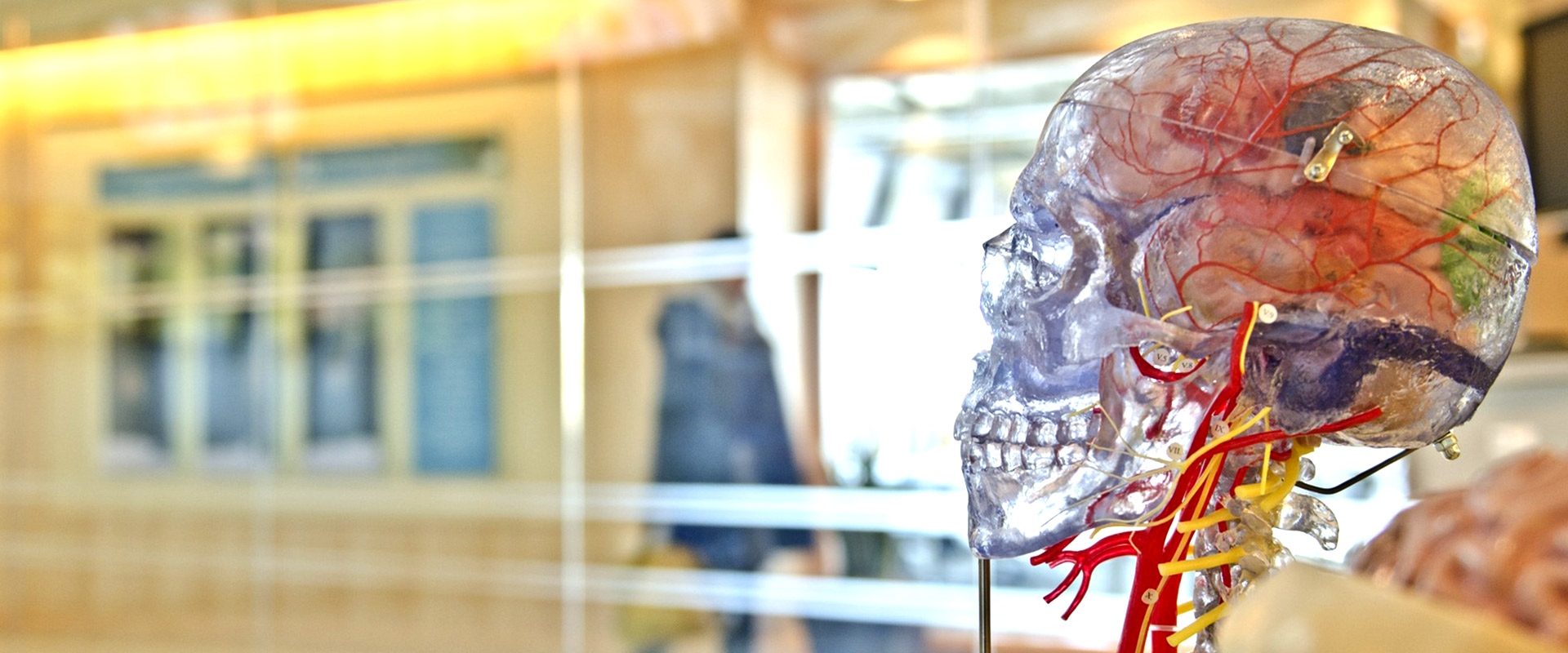
Part I
(a) Instructions in Anatomy be so planned as to present a general working knowledge of the structure of the human body;
(b) The amount of detail which a student is required to memorize should be reduced to the minimum;
(c) Major emphasis should be laid on functional anatomy of the living subject rather than on the static structures of the cadaver, and on general anatomical positions and broad relationship of the viscera, muscles, blood vessels, nerves and lymphatics and study of the cadaver is only the means to achieve this;
(d) Students should not be burdened with minute anatomical details which have no clinical significance
Part II
Though dissection of the entire body is essential for the preparation of the student of his clinical studies, the burden of dissection can be reduced and much saving of time can be effected, if considerable reduction of the amount of topographical details is made and the following points,
(1) Only such details as have professional or general educational value for the medical students.
(2) The purpose of dissection is to give the student an understanding of the body in relation to its function, and the dissection should be designed to achieve this goal.
(3) Normal radiological anatomy may also form part of practical or clinical training and the structure of the body should be presented linking functional aspects.
(4) Dissection should be preceded by a course of lectures on the general structure of the organ or the system under discussion and then its function. In this way anatomical and physiological knowledge can be presented to students in an integrated form and the instruction of the whole course of anatomy and physiology made more interesting, lively and practical or clinical.
(5) A good part of the theoretical lectures on anatomy can be transferred to tutorial classes with demonstrations.
(6) Student should be able to identify anatomical specimen & structures displayed in the dissections.
(7) Lectures or demonstrations on the clinical and applied anatomy should be arranged in the later part of the course and it should aim at demonstrating the anatomical basis of physical signs and the value of anatomical knowledge to the students.
(8) Seminars and group discussions to be arranged periodically with a view of presenting the subject in an integrated manner.
(9) More stress on demonstrations and tutorials should be given. Emphasis should be laid down on rhe general anatomical position and broad relations of the viscera, muscles, blood vessels, nerves and lymphatics.
(10) There should be joint seminars with the departments of Physiology and Biochemistry which should be organized once a month.
(11) There should be a close correlation in the teaching of gross Anatomy, Histology, Embryology and Genetics and the teaching of Anatomy, Physiology including Biochemistry shall be integrated.
All Rights Reserved. Copyright © Protected 2023. S.S.H.M.H. Powered by Dotdev Technology